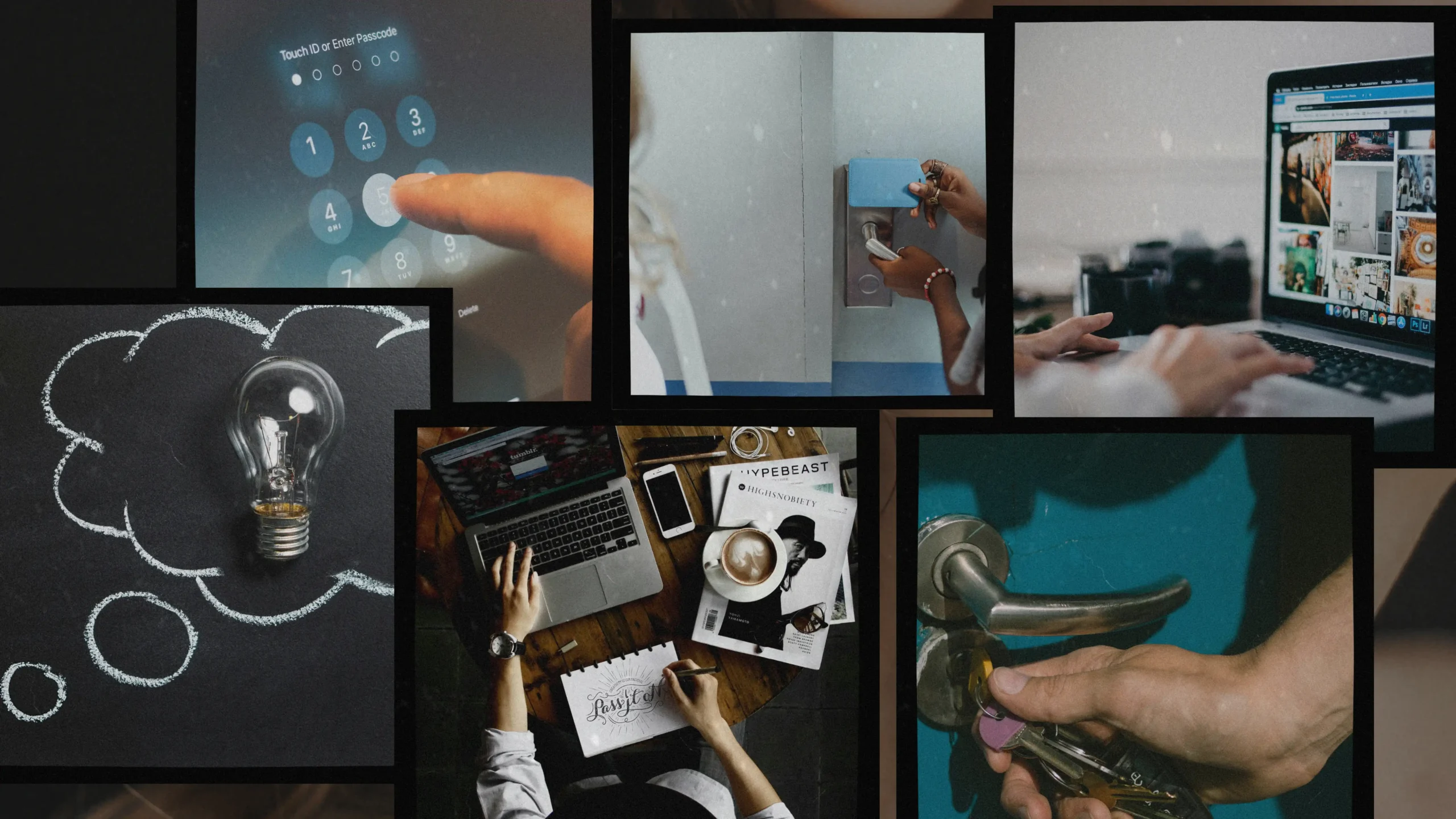“You can’t use up creativity. The more you use, the more you have.” — Maya Angelou
Creativity isn’t magic. It’s not some elusive gift granted to a chosen few. It’s a muscle. And like any muscle, it can get tired, sore, and sometimes—completely locked up.
Creative blocks are frustrating. They sneak up on writers, artists, musicians, designers, and anyone who relies on fresh ideas to make things happen. The blank page stares back. The paintbrush feels heavy. The melody refuses to come. It happens to the best of us, and if you’re here, you’re probably looking for a way out.
Good news—you can break through. This post isn’t filled with vague advice like “just keep going!” or “wait for inspiration!” Instead, you’ll find concrete, actionable steps that will help you reignite your creativity, retrain your mind, and get back in the zone. Let’s dive in.
1. Identify the Type of Creative Block You’re Facing
Before you can fix the problem, you need to diagnose it. Creative blocks come in different forms, and each requires a unique approach.
a) The Mental Block
Your brain feels foggy. Ideas seem just out of reach. You’re overthinking everything, doubting yourself, and stuck in a cycle of perfectionism.
Fix It: Brain Dump & Freewriting
Take a blank sheet of paper (or open a document) and write non-stop for five minutes. Write anything—no filter, no backspace, no judgment. If nothing comes to mind, literally write “I don’t know what to write” until something clicks. The goal is to clear the mental clutter.
b) The Emotional Block
You’re uninspired, anxious, or simply don’t feel like creating. Maybe fear is holding you back—fear of failure, criticism, or not being “good enough.”
Fix It: Change Your State
- Take a walk outside. Movement sparks new ideas.
- Listen to music that elevates your mood or triggers nostalgia.
- Try meditation or deep breathing to reset your mind.
c) The Environmental Block
Your surroundings are either too distracting or too routine. Same desk, same coffee shop, same playlist—your brain has checked out.
Fix It: Rearrange Your Space
- Work in a different room or rearrange your workspace.
- Try ambient noise or a different genre of music.
- If possible, take your work outside—nature has a way of recharging creativity.
d) The Skill Block
Sometimes, you’re stuck because you don’t know how to move forward. A technique is missing. A skill isn’t fully developed.
Fix It: Learn Something New
- Watch tutorials or take an online course.
- Read books from masters in your field.
- Challenge yourself with a new creative exercise (e.g., if you’re a writer, try poetry; if you’re a painter, try digital art).
2. Break Free from Perfectionism (It’s Killing Your Creativity!)
Perfectionism is a silent creativity killer. It whispers: “This isn’t good enough. You’re not good enough.” It makes you overanalyse, procrastinate, and abandon projects halfway through.
How to Silence the Perfectionist in Your Head:
✅ Embrace Imperfection – Remind yourself: Done is better than perfect. Every masterpiece started as a rough draft.
✅ Set a Time Limit – Give yourself 30 minutes to create something—anything—without stopping. No edits, no judgments.
✅ Shift Your Mindset – Instead of aiming for perfection, aim for progress. Each attempt teaches you something valuable.
✅ Use Constraints to Your Advantage – Sometimes, having too many options creates decision paralysis. Try limiting your choices:
- Writers: Only use 100 words to describe something.
- Artists: Only use three colors in your next piece.
- Musicians: Create a melody using only three chords.
3. Reverse Your Routine (Shake Things Up!)
Creativity thrives on novelty. If you’re feeling stuck, it might be because you’re operating on autopilot. The same daily routine = the same creative output.
How to Add Freshness to Your Day:
✅ Take a different route to work or your usual creative spot.
✅ Work at a different time—if you usually create in the morning, try late at night.
✅ Use your non-dominant hand for simple tasks (brushing teeth, writing a note).
✅ Switch up your medium—draw instead of writing, hum melodies instead of playing notes.
Why this works: When your brain encounters something new, it forms new connections. Those fresh connections fuel creativity.
4. Collaborate (Borrow Brains!)
Creativity isn’t always a solo sport. Talking to others sparks new ideas.
Ways to Collaborate & Get Inspired:
✅ Join a mastermind group – Surround yourself with other creatives who challenge and inspire you.
✅ Have a conversation – Call a friend and bounce ideas off them. Sometimes, just explaining your challenge out loud helps you see it differently.
✅ Co-create something – Write a song with someone. Paint over someone else’s sketch. Remix an old project together.
5. Step Away (Yes, really.)
Counterintuitive? Maybe. Effective? Absolutely.
Why This Works:
When you stop forcing ideas and engage in a different activity, your subconscious mind keeps working in the background. Ever noticed how the best ideas come when you’re showering or driving? That’s the incubation effect at work.
✅ Take a power nap (20–30 minutes).
✅ Do a mindless task (washing dishes, folding laundry).
✅ Go for a walk without your phone.
The moment you least expect it—boom! The idea will strike.
6. Fuel Your Brain (Because Creativity Needs Energy!)
Creativity isn’t just mental—it’s physical too. If you’re running on caffeine and 4 hours of sleep, your brain isn’t going to give you its best.
Optimize Your Body for Creativity:
✅ Get enough sleep – Creativity peaks when you’re well-rested.
✅ Eat brain-boosting foods – Nuts, dark chocolate, salmon, berries.
✅ Drink water – Dehydration affects focus and mental clarity.
7. Create Without a Goal (Play for the Sake of It!)
Sometimes, you need to create just for fun. No deadlines. No audience. No expectations.
Try:
- Doodling random shapes
- Writing nonsense poetry
- Playing random chords on an instrument
- Telling an imaginary story to yourself
Removing pressure brings back joy—and creativity thrives on joy.

